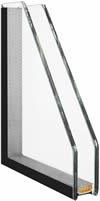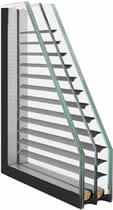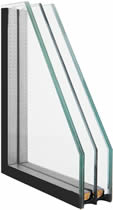HOW TO CHOOSE A GLASS?
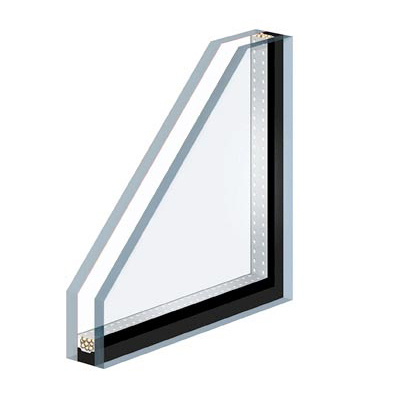
Low-emissivity glass filled with argon gas – for thermal comfort
Low-emissivity glass filled with argon gas for thermal comfort.
This type of glass features a low-emissivity coating consisting of microscopic noble metals deposited onto the glass.
These deposits have little effect on the light transmittance and the appearance but dramatically improve thermal insulation performance. The presence of argon gas further improves overall thermal performance.
Laminated glass for enhanced security and acoustic comfort
The laminated glass is manufactured by bonding two or more layers of ordinary glass, with a layer of milk-coloured resin, generally polyvinyl butyral (PVB) in between.
The intermediate plastic layer holds the panes of glass in position even if they get broken. The PVB layer also gives the material a higher level of acoustic insulation.
The greater the thickness of the layers of glass and PVB, the greater the protection against breaking-in and the risk of falling out of window.
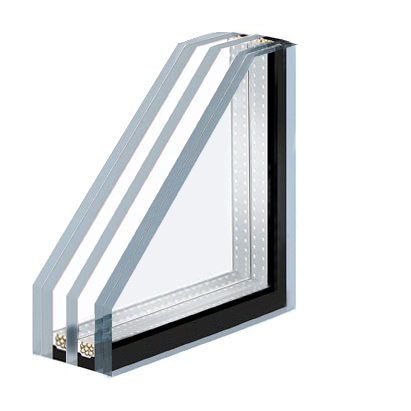
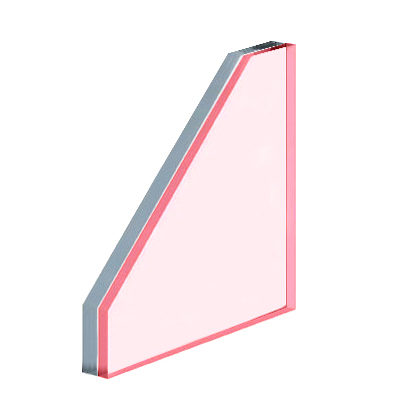
Solar control glass for thermal comfort
This type of glass reduces the use of air conditioning systems and hence cooling costs.
In warmer climates solar control glass is used to reduce solar heat gain in the summer and is suitable for large verandas, pedestrian walkways, windows and building façades.
Structural glass – the innovative gluing system for enhanced stability
The innovative gluing system for enhanced stability.
The glass is glued to the wood using a special structural glue that creates a unique stable self-supporting body and ensures optimal operation over time, as well as greater security against breaking-in.
This glass is suitable for use with large frames. It can be produced in staggered panes (stepped) that completely cover the outside of the leaf and create an all-glass façade.
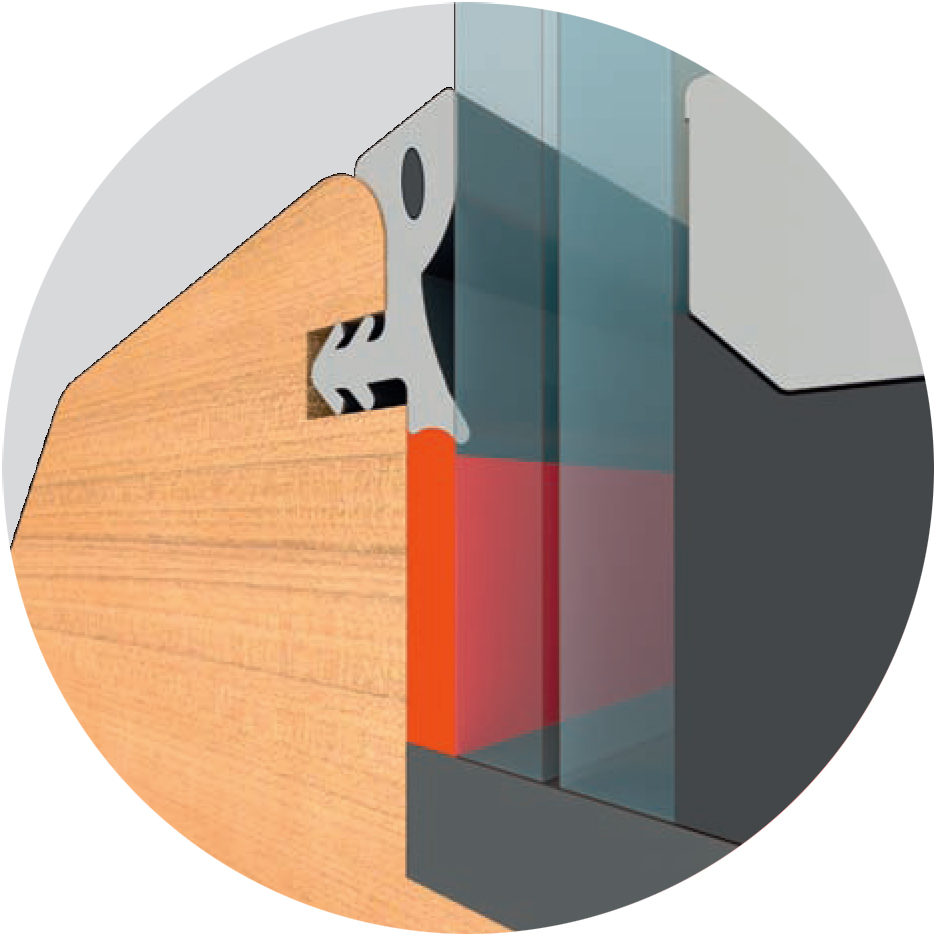
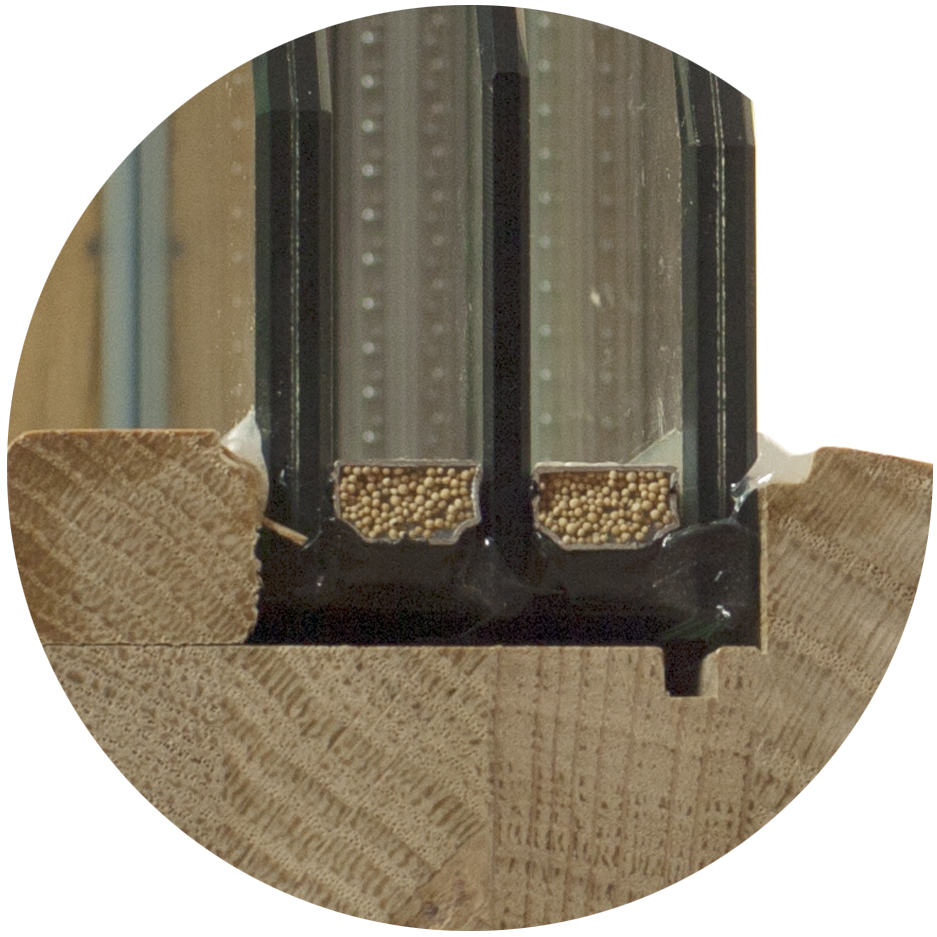
Spacer
Spacers connect the perimeter of two or more panes of glass forming the glazing.
They can be made of aluminium or stainless steel coupled with polypropylene, which enhances thermal insulation due to its low conductivity.
